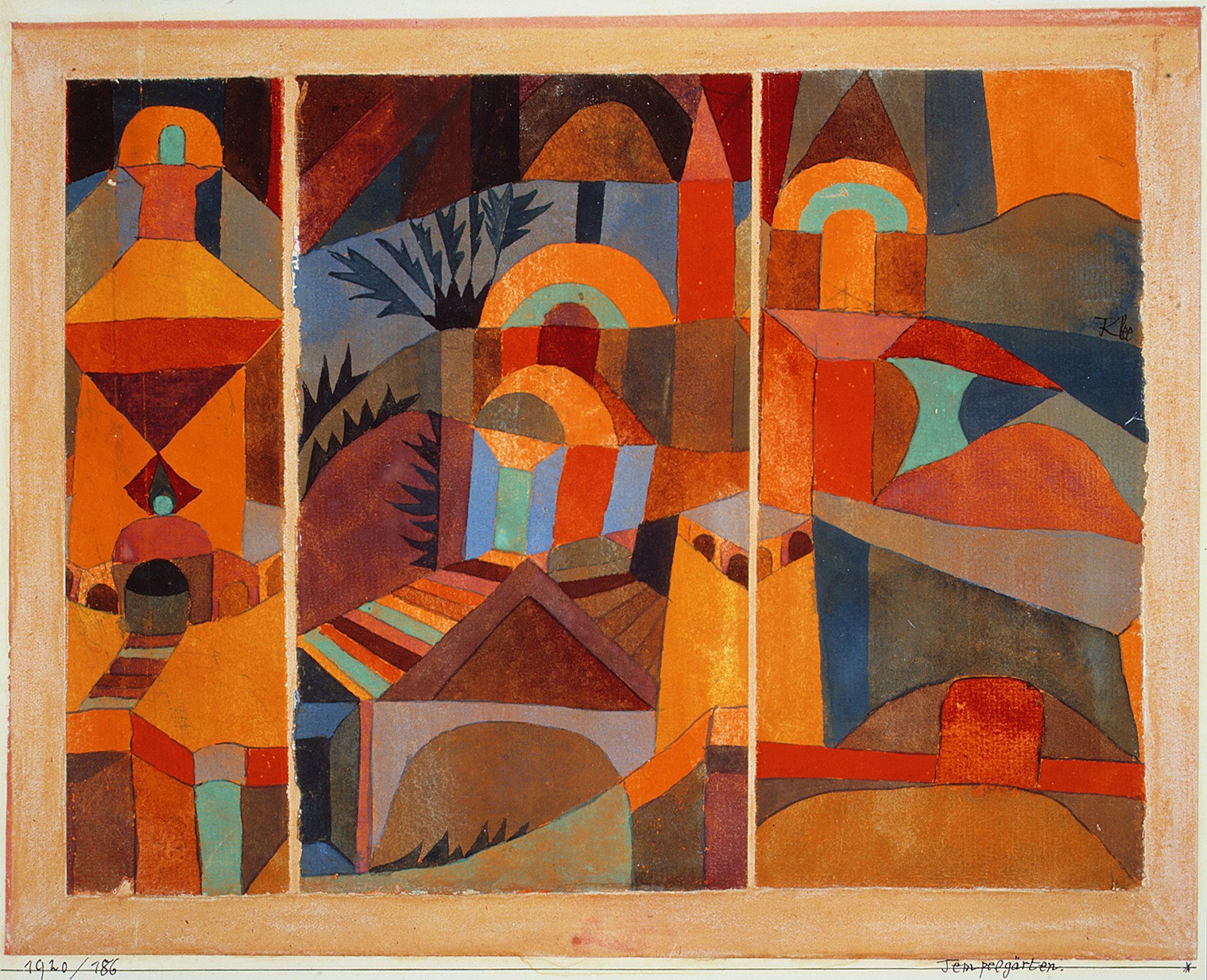
part of the Bauhaus preliminary course
The taxonomic system known as the elements and principles of art and design has served as an analytical and creative touchstone for generations of artists and designers. The first iteration of the curriculum was introduced by Johannes Itten for his preliminary course at the Bauhaus, a post-war school founded by Walter Gropius who said, “Our guiding principle was that design is neither an intellectual nor a material affair, but simply an integral part of the stuff of life, necessary for everyone in a civilized society.”
Unlike the traditional academy model which emphasized the study of narrative and allegory found in old master works, the Bauhaus Vorkurs introductory course stressed comprehensive aesthetic systems and focused on creative form. This mode of creation was ideally suited to the nascent but rapidly expanding modernist movement which emphasized the formal aspects of art and design. Bauhaus faculty later fled Nazi Germany to teach at influential American institutions like Harvard and Yale, and in the case of Josef Albers, founding the Black Mountain School. The migration introduced a generation of American artists to the Bauhaus aesthetic system.
While the formalist inclinations of modernism were evident in movement offshoots like minimalism and op-art, many postmodern artists began to engage in more pluralistic modes of creative practice. Some who railed against the formalities of the Bauhaus model early in their careers later realized how critical it had been to their development. For example, as a student at the Black Mountain School, Robert Rauschenberg had a famously contentious relationship with founder and teacher Josef Albers. Reflecting on his experience Rauschenberg said that he found Albers’ criticism “so excruciating and so devastating” that he never asked for it. Later in his career he considered Albers the most important teacher that he ever had.
Understandably, the rigorous and sometimes tedious work of studying the elements and principles can feel antithetical to the impulse for self expression that often leads students to the study of art. In my own foundational studies, the excitement of assembling small, precise collages of Color-Aid paper in order to replicate Joseph Albers’ color paintings quickly gave way to a desire to make something that allowed room for my own voice. The evidence of the exercises’ efficacy was only revealed later when the comprehension of color interaction was deployed in the service of personal expression. It was this same application of the elements and principles to the realm of personal expression that brought Rauschenberg back to the fundamentals.
As other artists sought to move beyond the commercial paradigm of the 1980’s art world and embrace forms like video and performance that defied commercial exploitation, the elements and principles of art and design found new life working in consort with narrative and individual expression rather than against it. Many artists who once resisted the rigorous strictures of the Bauhaus-derived aesthetic system embraced it in order to more purposefully create imagery that worked both on a conscious and subconscious level.
Despite a sometimes tumultuous relationship with the formality of systematized aesthetics, a core of artists, designers, and academics have consistently embraced of the elements and principles of art and design for the purpose of image analysis in both formal critique and self reflection. In the classroom, the elements and principles of art and design continue to be a staple of art education and are now frequently integrated as a tool for visual communication and a scaffold for narrative and experimentation rather than an end unto themselves. This book aims to explore not just the formal structure of the model but to ultimately consider the effect that deploying each element and principle can have on a composition and ultimately on the viewer.
— Joshua Field, 2018

